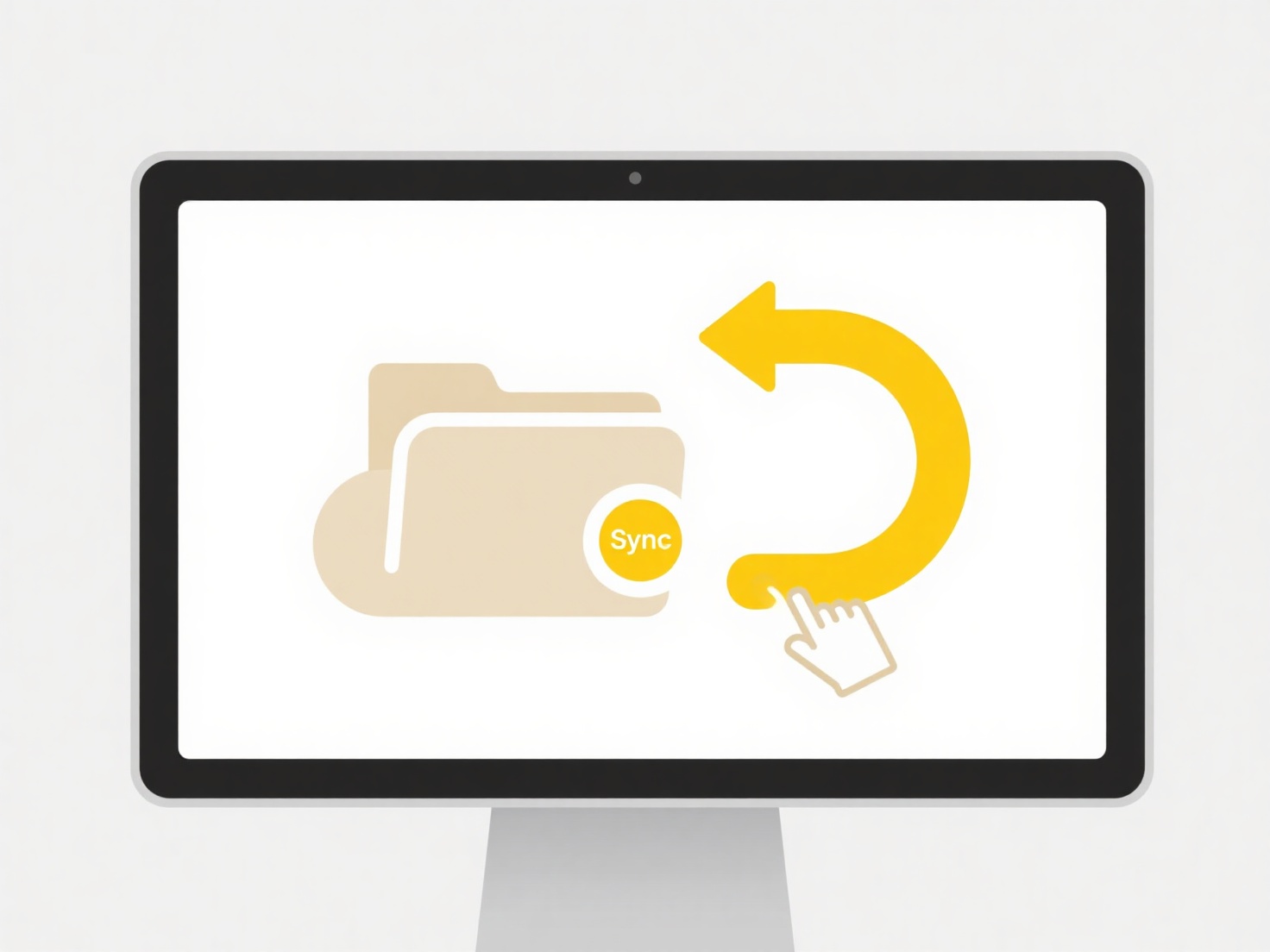
Tracking shared file access refers to monitoring who opens, views, or edits a file you have distributed. It goes beyond simply sharing the file; it provides an audit trail detailing specific individuals and the actions they took (like opening, downloading, or modifying) and often timestamps of those actions. This differs from basic file sharing permissions, which control who can access the file but don't automatically provide a history of who did access it.

This capability is commonly used in collaborative environments. For instance, within an IT department, administrators might track access to sensitive policy documents stored on platforms like Microsoft SharePoint to ensure only authorized personnel reviewed them. Similarly, a marketing manager sharing a Google Drive report with external agencies could monitor which partners opened the document and when, gauging their engagement with the material.
The primary advantage is enhanced security and accountability, enabling detection of unauthorized access and proving compliance needs. Key limitations are platform dependency (not all cloud services offer detailed tracking without premium versions) and permission requirements (users often need the correct settings enabled initially). Ethical implications arise concerning employee monitoring transparency. Future developments increasingly integrate AI to flag unusual access patterns.
Can I track who accessed a shared file?
Tracking shared file access refers to monitoring who opens, views, or edits a file you have distributed. It goes beyond simply sharing the file; it provides an audit trail detailing specific individuals and the actions they took (like opening, downloading, or modifying) and often timestamps of those actions. This differs from basic file sharing permissions, which control who can access the file but don't automatically provide a history of who did access it.

This capability is commonly used in collaborative environments. For instance, within an IT department, administrators might track access to sensitive policy documents stored on platforms like Microsoft SharePoint to ensure only authorized personnel reviewed them. Similarly, a marketing manager sharing a Google Drive report with external agencies could monitor which partners opened the document and when, gauging their engagement with the material.
The primary advantage is enhanced security and accountability, enabling detection of unauthorized access and proving compliance needs. Key limitations are platform dependency (not all cloud services offer detailed tracking without premium versions) and permission requirements (users often need the correct settings enabled initially). Ethical implications arise concerning employee monitoring transparency. Future developments increasingly integrate AI to flag unusual access patterns.
Quick Article Links
Why does my system say “No app found to open this file”?
This error indicates your operating system cannot locate an application associated with the specific file type you are t...
Can I migrate Wisfile settings between computers?
Can I migrate Wisfile settings between computers? No, Wisfile is designed for local-only operation on a single device ...
What’s a good naming strategy for image assets?
A good image asset naming strategy applies clear, consistent conventions to filenames, making images identifiable and se...